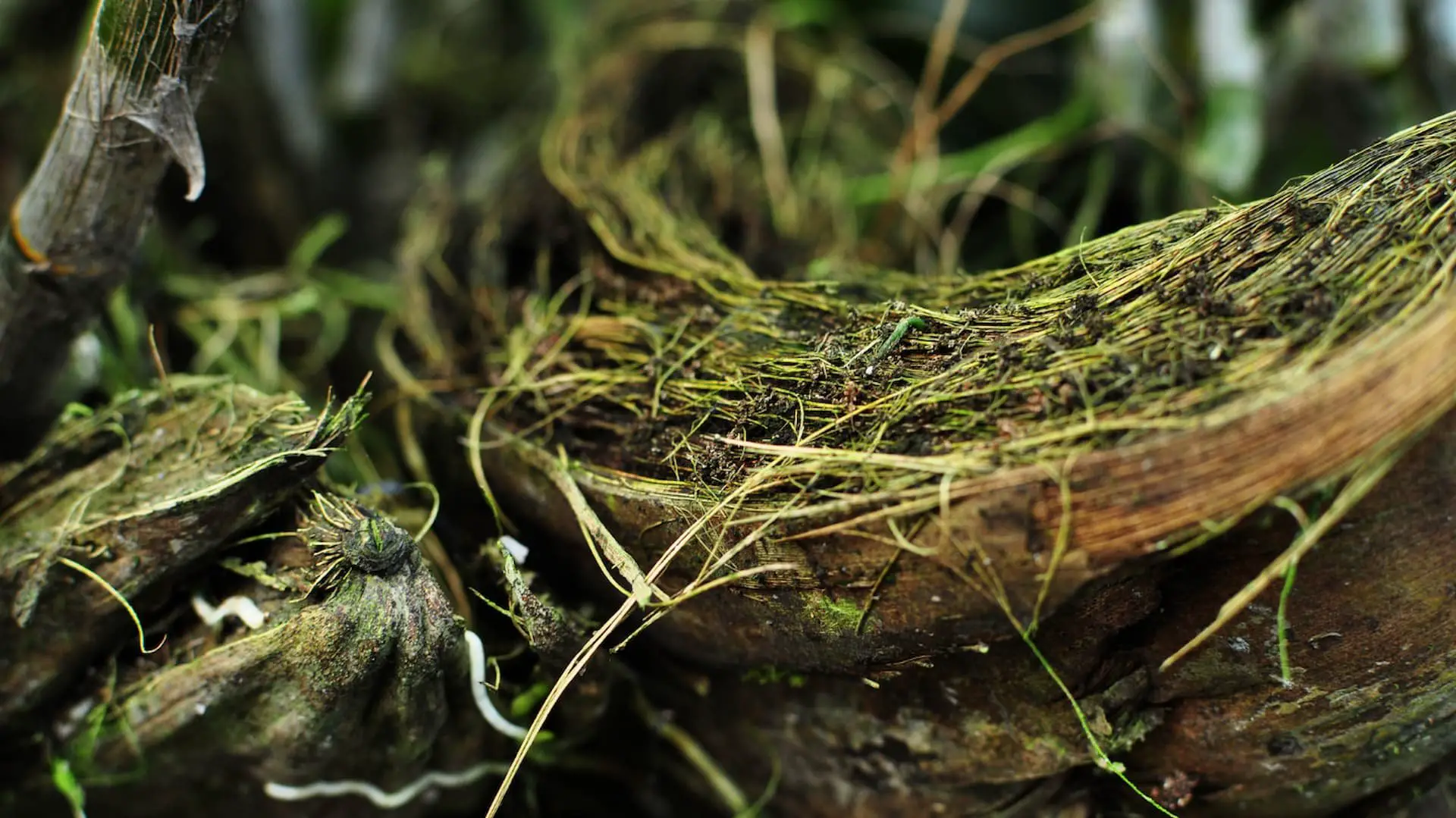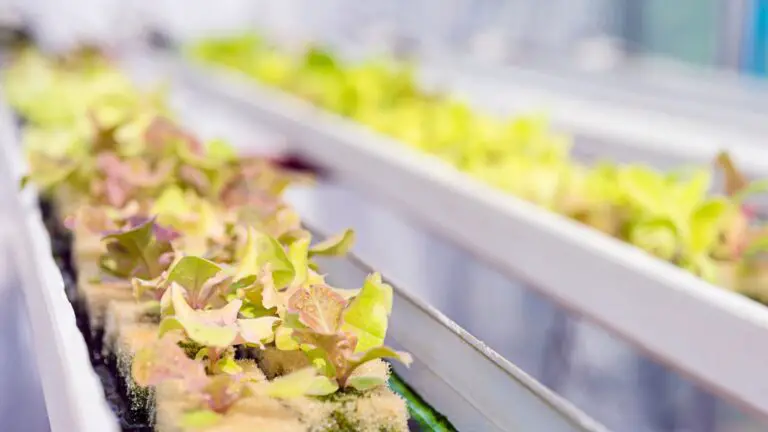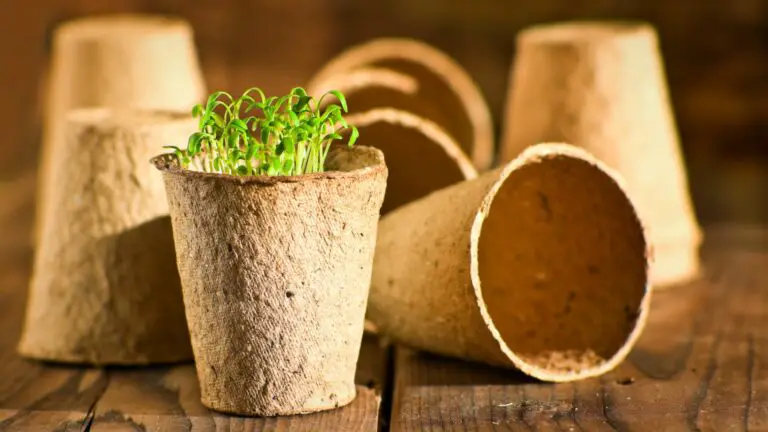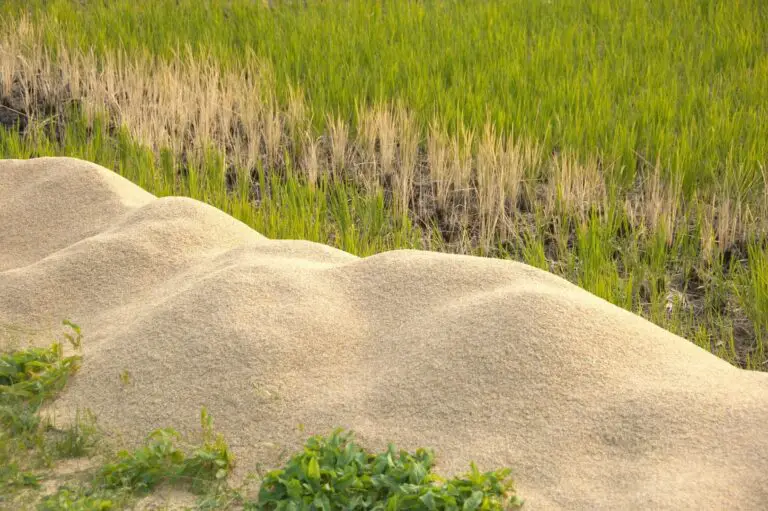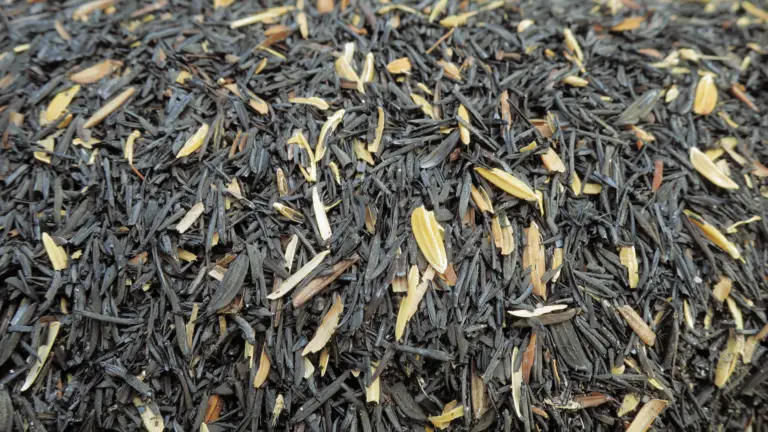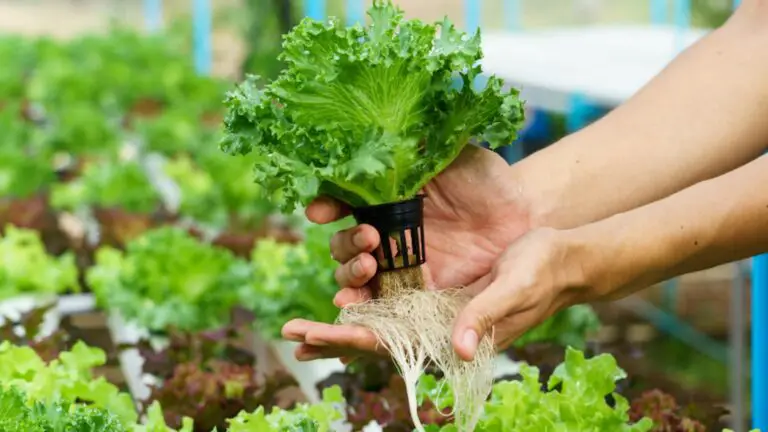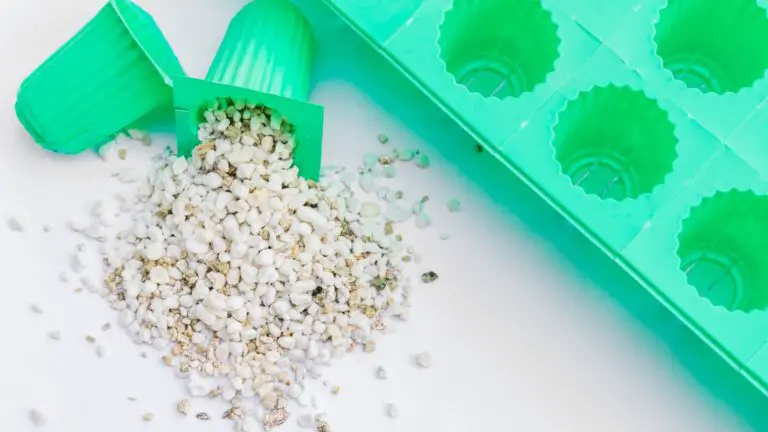How to Get Started With Hydroponic Growing in Coco Coir
Disclosure: Your purchases through our links may earn us a small commission, supporting our site’s ability to provide valuable information to our readers. Rest assured, it won’t impact your price. Thank you for your support.
Are you looking for a new, eco-friendly way to grow your plants?
A great hydroponic growing medium made from the husks of coconuts is called coco coir. It’s a natural product that helps keep your plants healthy and thriving.
Growing in coco coir in your hydroponic garden is a great way to reduce your environmental impact. It’s a sustainable product that we can reuse over and over again.
Learn more about coco coir and how it can benefit your hydroponic garden by reading below!
What Is Coco Coir, and How to Make It?
Coco coir is a hydroponic growing medium made from the husks of coconuts. Soak the husks in water to soften them. Then, remove from the water and dry it. After the drying process, the coir organizes into bales. Chop and process the bales into various formats, from chips to “croutons” to classic ground coco coir. Finally, the important process is to make coco coir safe and optimal for horticultural use.
Growing in coco coir offers many benefits, such as being naturally resistant to pests and diseases.
If you are out of resources to make coco coir at home, you can buy it online. Check out this link and view Amazon-listed coco coir, coco peat, and coco chip from $10 to 35$.
Advantages of Coco Coir as Hydroponic Growing Medium
Some benefits of coco coir as a hydroponic growing medium include:
- Coco coir medium is sustainable and eco-friendly . You can repeatedly reuse from the husks of coconuts.
- It Is a natural product that doesn’t contain any harmful chemicals. So, the environmental impact is less.
- It helps keep your plants healthy and thriving in any environment, indoors or outdoors.
- A versatile alternative for traditional peat moss or soil mixes for seed starting and transplanting.
- It is an excellent alternative media for hydroponics and aeroponics. With its fine texture, coco fibers allow oxygen to reach the roots of plants while holding water in place.
- It is naturally resistant to pests and diseases because they can’t penetrate through hard coco shell husks without breaking apart first.
- It provides structure, improves aeration, and increases drainage and water retention.
Related article regarding peat moss: Peat Moss May Be Good for Plants, but Gardeners Should Avoid It
Disadvantages of Coco Coir as Hydroponic Growing Medium
There are a few disadvantages to using coco coir as a hydroponic growing medium.
- Coco coir can be more expensive than other growing media. It can also be challenging to find coco coir in smaller quantities because it comes in large bales. It means you may have too much coco on hand.
- It can be challenging for the roots to penetrate through the coco fibers when they are wet and compacted together, without being broken down first by water or some other process (like aeration). This creates an issue where plants cannot get enough oxygenated nutrients from their root systems compared with other hydroponic media options. Alternatives like Rockwool cubes/sheets are pre-cut into small squares, so there’s no need to break them apart yourself before using them!
- It is inert, which means it contains no nutrients. This implies you’ll need to add hydroponic fertilizers and maintain the pH level when utilizing coco coir.
- You should probably add more calcium and magnesium to your mix if you’re using coconut coir, as it has low NPK levels. Make sure that your fertilizers are organic.
- This type of substrate isn’t great if your goal is growing fruiting plants or plants with tuberous roots. Coco coir is more commonly used for growing leafy green vegetables, herbs, and other types of non-fruiting plants.
- Coir has a high salt content. Coir has a low cation-exchange capacity and is heavy in phosphorus and potassium. Before usage, coir high in salts should be leached.
Related: 10 Characteristics of Ideal Hydroponic Growing Medium
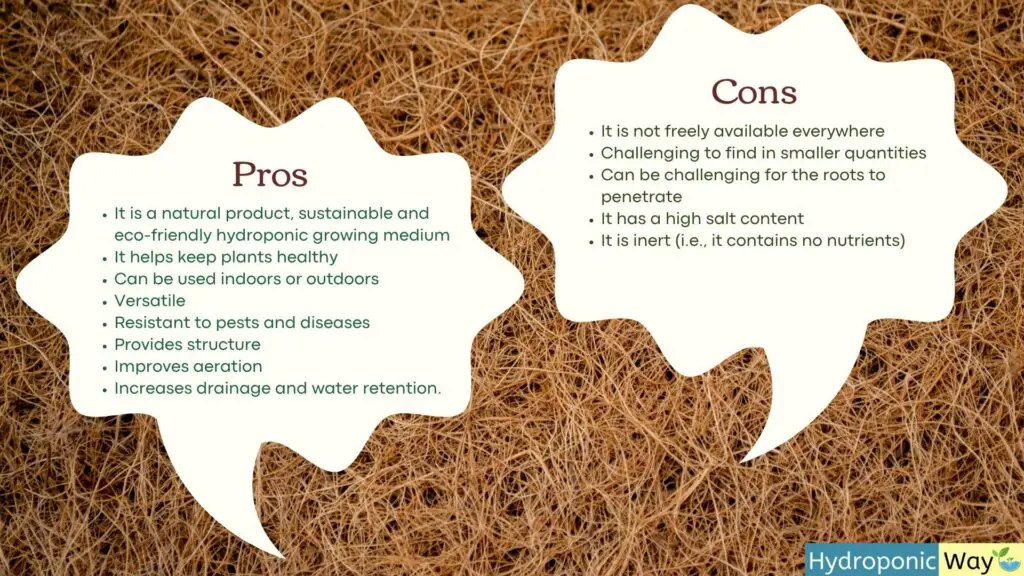
What Are the Types of Coco Coir?
It comes in three different types. They are Coco chips, Coco peat and Coco fiber.
- Coco chips These are the shredded or chipped form of coconut. They are made from the coconut husks and are rich in lignin, which makes them ideal for mulching and drainage.
Click here if you are looking to buy coco chips for your garden.
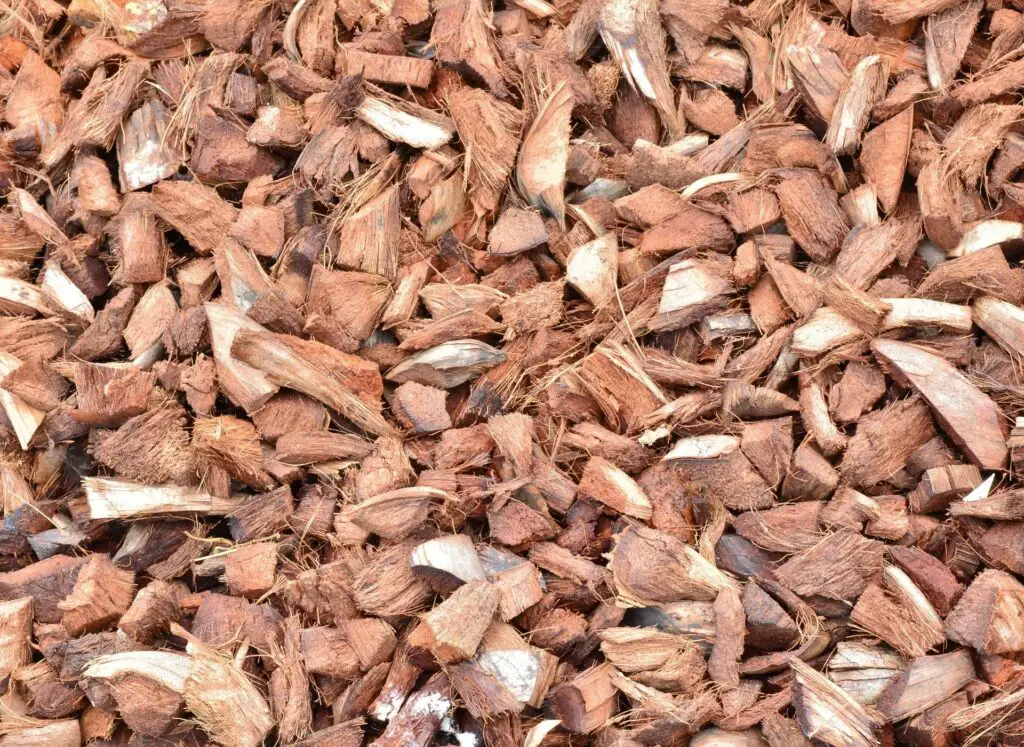
2. Coco peat or Coco pith This type is often used in hydroponic systems because it has a more delicate texture than chips. So you can use coco peat or coco pith when growing smaller plants such as herbs or vegetables without worrying about them getting stuck between the larger coco chunks from chips like what would happen if using those instead of this one! Coco peat / coco pith also has both benefits and drawbacks. Learn more interesting facts about coco peat by reading this link..
Read Coco Peat vs Coco Coir to know the difference.
Click here if you are looking to buy coco peat for your garden.

3. Ground coconut husk (coconut fiber) Ground coconut husk is used to make coir pots or containers for growing seedlings indoors during the winter months. These types usually come with built-in drainage holes at their base, making watering easier for you.
Click here if you are looking to buy coco fiber for your garden.
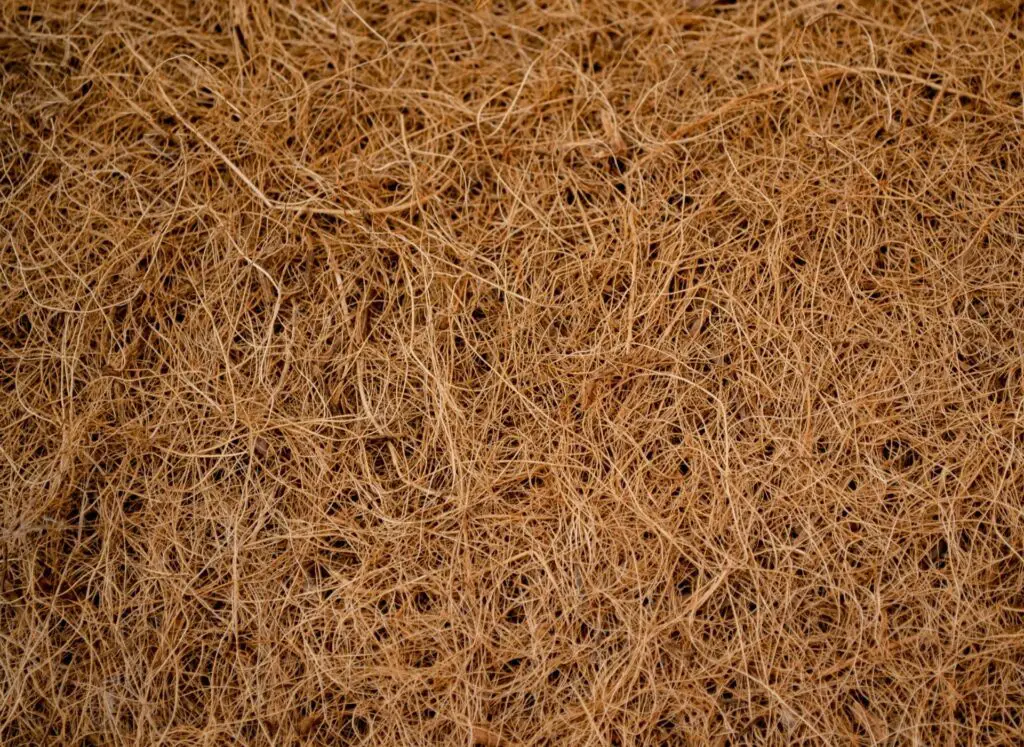
How to Use Coco Coir in Your Hydroponic Garden?
You can use it as a standalone growing medium or mix it with other substrates like perlite or vermiculite. Here are some tips on how to use coco coir in your garden:
- Add one part coco coir to three parts water and stir until it is fully saturated. Let the mixture sit for 30 minutes so that the coco coir can absorb the water.
- Pour the mixture into your hydroponic system and let it drain.
- Add coco coir to your pots or trays and plant your seeds or transplants.
- Water the plants regularly, making sure to keep the coco coir moist at all times.
- Add hydroponic fertilizers (Make sure it is organic) to the water as needed.
- Monitor the pH level of your coco coir and adjust if necessary.
- Harvest your plants when they’re ready!
Related:
How to Set Up a Hydroponic Garden Using Rice Hulls?
How to Set Up a Hydroponic Drip System
Pros and Cons of Drip Hydroponic System
Can Coconut Coir Be Used As Mulch?
Yes. Coconut coir can be used as mulch to help retain moisture in the soil, suppress weeds, and improve the overall health of the plants.
Before using it as a mulch, you should soak coco coir in water for around 15 minutes so that it expands before putting this on top of your garden beds or containers.
Spread a layer of coco coir over the top of the soil around your plants and water regularly. You want to make sure you spread out the coco coir evenly over the surface area where plants grow with enough overlapping edges between pieces. So they don’t blow away after being laid down because coconuts can be pretty heavy when wet and will stay put better than any other type would if done correctly from start to finish!
To ensure that coco fiber does not blow away, try adding urea fertilizer at a rate of about 30 g per square meter once every four weeks during the summer months. It helps keep coconuts heavier by increasing nitrogen levels inside them (promoting healthier plant growth).
By doing this, you’ll help the coco coir slowly break down and provide added nutrients to your plants.
Grow In Coco Coir Knowing The Facts
Coco coir is a popular growing medium for hydroponics system for commercial and home plant growers. It’s made from the husks of coconuts, so it’s environmentally friendly and can be used to suppress weeds and keep moisture in the soil. Coco coir is also can be used as mulch to improve plant health. You can use it as a standalone growing medium or mix it with other substrates like perlite or vermiculite. When growing in coco coir in your garden, make sure to keep the coco coir moist at all times and add hydroponic fertilizers (organic preferred) when needed. Monitor pH levels and adjust if necessary. Harvest your plants when they’re ready! Get growing!
If you are looking to buy coco coir for your indoor or outdoor garden click this link to select the best one suited for you.
Thanks for reading!
Also, read:
How to Make the Right Decision When Choosing Between Oasis and Rockwool Cubes?
How to Set Up DIY Deep Water Culture (DWC) Hydroponic System?
How Can Vermiculite Hydroponics Help You Grow Delicious, Nutritious Vegetables?
Sponge as a Hydroponic Growing Medium: How It Works?

